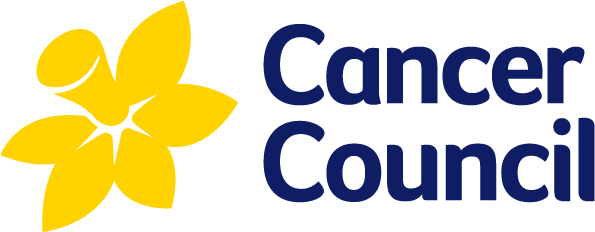Skin cancer statistics and issues
National Cancer Prevention Policy
Contents:
- Skin cancer types
- Skin cancer incidence and mortality
- Detection and screening
- Risk factors/epidemiology
- UV radiation
- Sun protection
- Trends in sun protection behaviours
- Tanning
- Sunburn
- Solariums
- Vitamin D
- Climate change
- Settings: Children and adolescents; Early childhood education and care, and schools
- Settings: Workplace
Last modified: 5 August 2014
Skin Cancer Statistics and Issues
Skin Cancer Statistics and Issues
